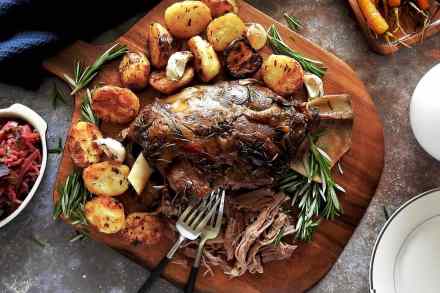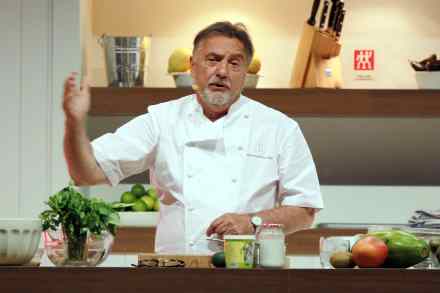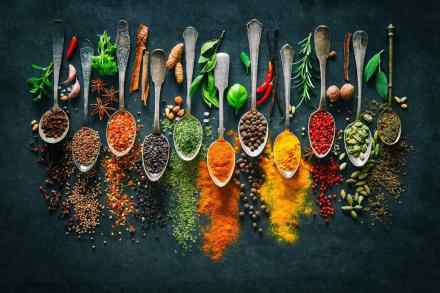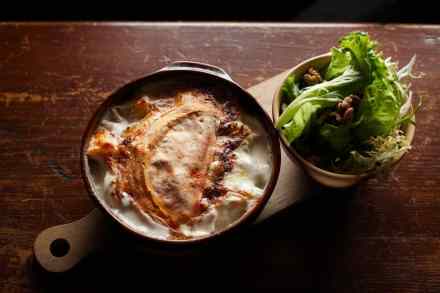The trick to making blueberry muffins
I don’t quite know how the Americans got away with it: convincing first their own people, and then the rest of the world that a muffin is a suitable breakfast food? A foodstuff which is, let’s be honest, cake. But then, we are quite happy to sprinkle our worthy porridge liberally with demerara sugar, to use yoghurt in our overnight oats or alongside granola, to combine butter and flour in any manner of breakfast staples from toast to pancakes, what’s so different about combining all those things? In any event, I’m not one to complain about an excuse to squeeze more baked goods into my life; and seeing as those




















